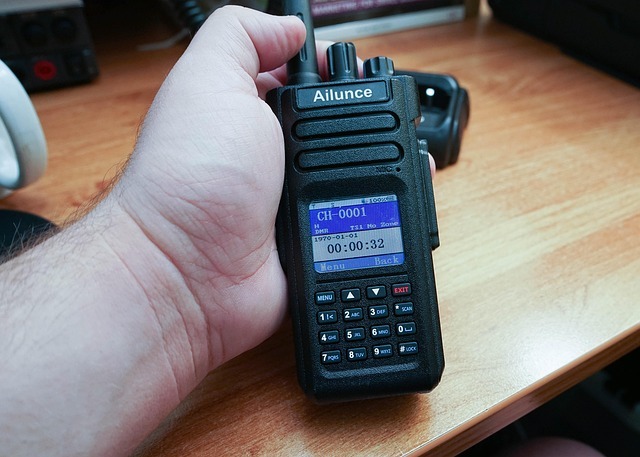Repeaters are essential in amateur radio, extending the range of communication and making contacts easier. This guide will walk you through the basics of accessing a repeater, including setting up your radio, using CTCSS tones, and finding local repeaters.
1. What is a Repeater?
A repeater is a radio system that receives a signal and retransmits it at a higher power, allowing users with low-power handheld radios (HTs) or mobile units to communicate over greater distances.
2. Finding a Repeater Near You
To access a repeater, you need to know its frequency and settings. Here are some ways to find local repeaters:
- Repeaterbook (https://www.repeaterbook.com) – A searchable database of repeaters worldwide.
- RSGB Repeater List (https://rsgb.org/main/operating/uk-repeaters/) – Official UK repeater directory.
- Local Clubs – Many amateur radio clubs maintain repeaters and provide their settings online.
3. Programming Your Radio for a Repeater
Most repeaters require three key settings:
A. Input & Output Frequency
- Repeaters listen on one frequency and transmit on another.
- Example: If a repeater transmits on 145.725 MHz, it may listen on 145.125 MHz.
B. Offset (Shift) Direction
- VHF (2m band): Usually a -600 kHz or +600 kHz shift.
- UHF (70cm band): Typically +5 MHz or -5 MHz.
C. CTCSS or DCS Tones
- Many repeaters require a Continuous Tone-Coded Squelch System (CTCSS) tone to activate them.
- Example: A repeater may need a CTCSS of 88.5 Hz to allow access.
4. Step-by-Step Guide to Programming Your Radio
- Turn on your radio and switch to VFO mode (not memory mode).
- Enter the repeater output frequency (e.g., 145.725 MHz).
- Set the offset direction and shift (e.g., -600 kHz for 2m band).
- Enable the required CTCSS tone (if needed, set to 88.5 Hz or as required by the repeater).
- Save the settings to a memory channel for easy access in the future.
5. Making Your First Contact
- Listen first to ensure the frequency is not in use.
- Key up your radio and say, “[Your Callsign] listening on [Repeater Frequency]“.
- If someone responds, keep transmissions short and always identify your callsign.
6. Troubleshooting
- Cannot hear the repeater? Check if it has time restrictions or is off-air.
- Repeater does not respond? Ensure the correct CTCSS tone is set.
- Getting interference? Try a different location or external antenna.
7. Useful Links
By following these steps, you’ll be able to confidently access repeaters and make contacts with other amateur radio operators. 73 Happy operating!

